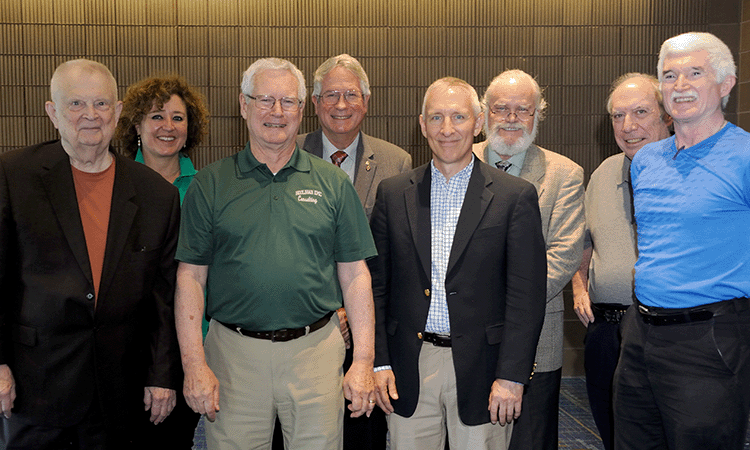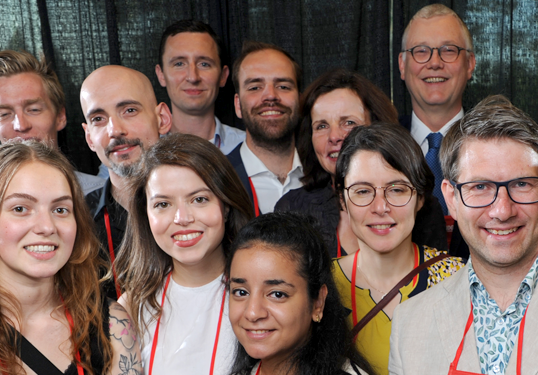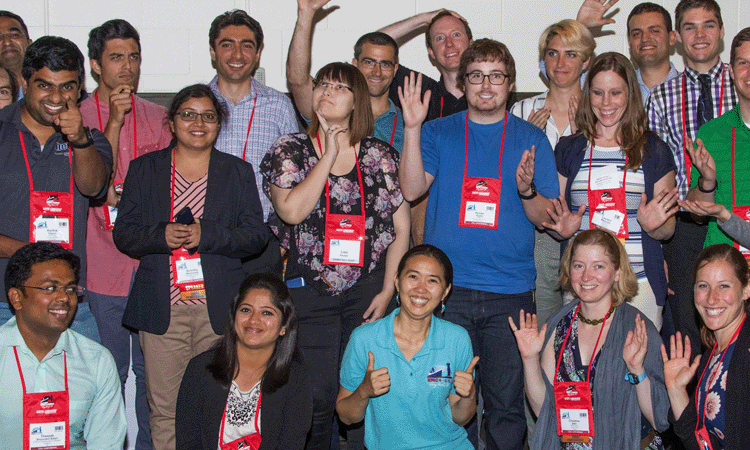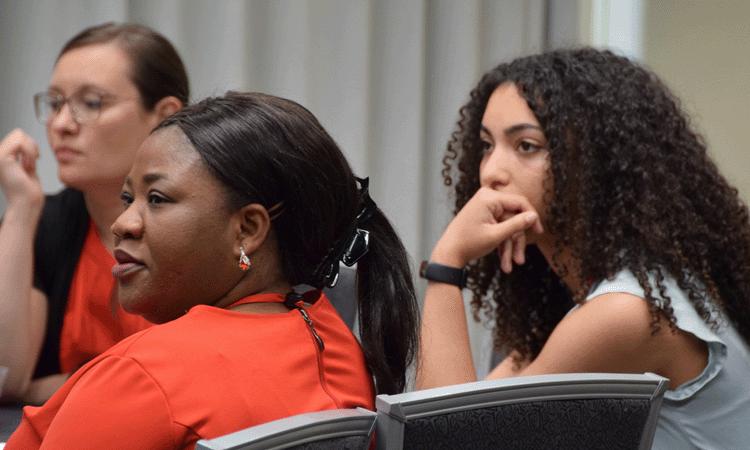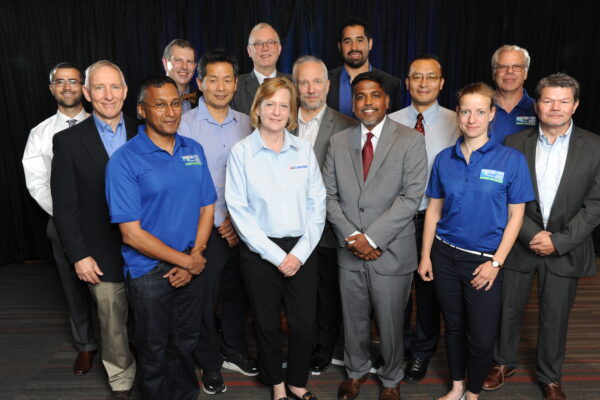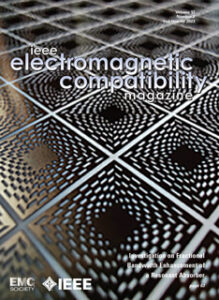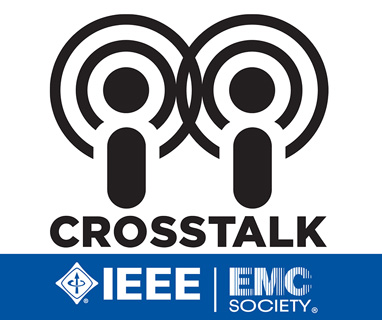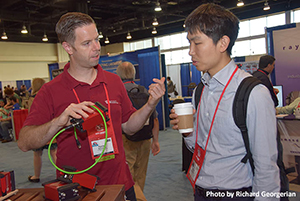
YP Ambassador
Pavithrakrishnan Radhakrishnan
Young Professional Ambassador

Pavithrakrishnan Radhakrishnan
Term 2025-2026
Oklahoma State University, Stillwater, OK, USA
Pavithrakrishnan Radhakrishnan (Member, IEEE) received the B.E degree in electrical and electronics engineering from Anna University, Chennai, India in 2014, the M.S. degree in electronic embedded systems from ESIGELEC, Rouen, France in 2018 and the Ph.D. degree in Electrical Engineering, specializing in Electromagnetic Compatibility (EMC), from KU Leuven, Bruges Campus, Belgium, in January 2025. He is currently a post-doctoral fellow specializing in EMC at Oklahoma State University, Stillwater, Oklahoma, USA. His current research interests include EMC, characterization methods for shielding effectiveness of gaskets, and board-level shields, Statistics EM, Reverberation chamber assessments.
Dr. Radhakrishnan was the recipient of the 2022 Young Professional award at the IEEE EMCS Symposium, Spokane, US. He is an active member of the IEEE EMC Society’s Technical Committee (TC4) and the IEEE EMCS Education Committee (EdCom). He also represents the society as the Young Professionals (YP) ambassador for 2024-2025. In addition, he serves as a reviewer in IEEE TRANSACTIONS ON ELECTROMAGNETIC COMPATIBILITY, IEEE EMC+SIPI and EMC Europe conferences.
Talk 1: Seal the Deal: Gaskets in Action
Abstract: Shielding electronic circuitry against EM emissions and susceptibility is essential in modern electronic system design. This necessity arises not only from legal requirements but also from the practical problems that system interference can cause. Choosing shielding materials for modern electronic system design is a complex process, influenced by various factors, such as holes, joints, and openings. In the design of shielded enclosures, the joining technique of different parts of the enclosure is very important for the overall SE of the housing. This talk highlights the specific application of two standardized test methods for the characterization of the Shielding Effectiveness (SE) of conductive gaskets, in the extended frequency range from 30 MHz up to 40 GHz. Each method is discussed with respect to its specific characteristics including advantages and disadvantages. Two different types of gaskets under recommended compression rates have been used to show the difference between the various test methodologies in relationship with their measuring setup, theory, and observations. Following the specific SE measuring results, recommendations are given for the choice of the test method corresponding the best to the real implementation in practice.
Talk 2: Shields are the Best Friends
Abstract: During the last years, the need for shielding at PCB level is becoming important due to the evolution in electronic technology, implementing more sensitive components and higher clock frequencies on smaller surface areas of PCBs. Due to lower noise margins, higher frequencies, miniaturization of the chips and their packages, etc., ICs are in essence more susceptible to EMI. To cope with the above situation, shielding at the PCB level could be a solution to deal with board level components, by minimizing direct radiation impact as well as cross-talk from or to other on-board applications. This talk presents a study of an advanced bonding technique to be used in Board Level Shielding (BLS) to connect BLS components to the ground layer of a Printed Circuit Board (PCB). This bonding method uses parallel rows of vias to connect to the embedded ground (GND) layer and tries to establish a waveguide below cut-off (WGBC). In that way, a higher level of Shielding Effectiveness (SE) of BLS components may be obtained at microwave frequencies. The SE is characterized by using dedicated stripline measurement setup, which is similar to the setup used for the characterization of conductive gaskets up to 40 GHz, as specified in the standard SAE ARP 6248. Additionally, various on-board sources and the corresponding SE of a board level shield are elucidated to gauge their performance in the near-field region, particularly considering the close proximity between the shields and on-board sources.







